Research
Search our website
Search our website by entering a keyword or choose a database above to search specifically.
Search
Showing search results 4,091 - 4,100
14,512 results found

Mortise chisel
The mortise chisel is a wood chisel with one bevel and a neck. Its iron is
thicker than it is wide and usually tapers a bit at the wooden handle so
that it does not get stuck. There are different widths, about 0.1 to 2 cm.
The carpenter uses the chisel to cut out pinholes. The narrowest chisel
(1-3 mm) makes it possible to dig a groove or very narrow holes, for
example for a hinge (to be inserted). He is hit with the hammer. The turner
also uses a chisel, but without a neck, to make grooves. See also the hinge
chisel. [MOT]

Mortise axe, single
Single mortise axe of a carpenter. For more information see the dutch
version.

Moss scraper
Hand tool with a flat and slightly L-shaped blade (approx. 7 cm by 7 cm)
with a pointed tip, which has a fold on the back and front, and which is
fixed in a wooden or plastic handle. It is used in the garden to remove
dirt and weeds between tiles and stones (see also this tool); it can be
used by pulling and pushing. With the back of the blade you can also scrape
off soil from shovels or spades. See also this hand hook. [MOT]

Mortar hoe

Mould board shovel
This text can only be consulted in Dutch
<https://www.mot.be/resource/Tool/mould-board-shovel?lang=nl>

Mitre shears
This text can only be consulted in Dutch
<https://www.mot.be/resource/Tool/mitre-shears?lang=nl>

Lawn rake
This text can only be consulted in Dutch
<https://www.mot.be/resource/Tool/lawn-rake?lang=nl>

Mould for cardboard boxes
This text can only be consulted in Dutch
<https://www.mot.be/resource/Tool/mould-for-cardboard-boxes?lang=nl>

Mortise axe, double
This text can only be consulted in Dutch
<https://www.mot.be/resource/Tool/mortise-axe-double?lang=nl>

Melting ladle
A melting ladle is a small metal or porcelain fireproof spoon (approx. 15
cm long) with a pouring spout, which jewelers like the goldsmith or
silversmith use to melt wax. The wax makes a positive model that - once
solidified - will be used to make a negative cast; the again positive
casting in this mold will show the original model in every detail. See also
the melting pot. [MOT]








